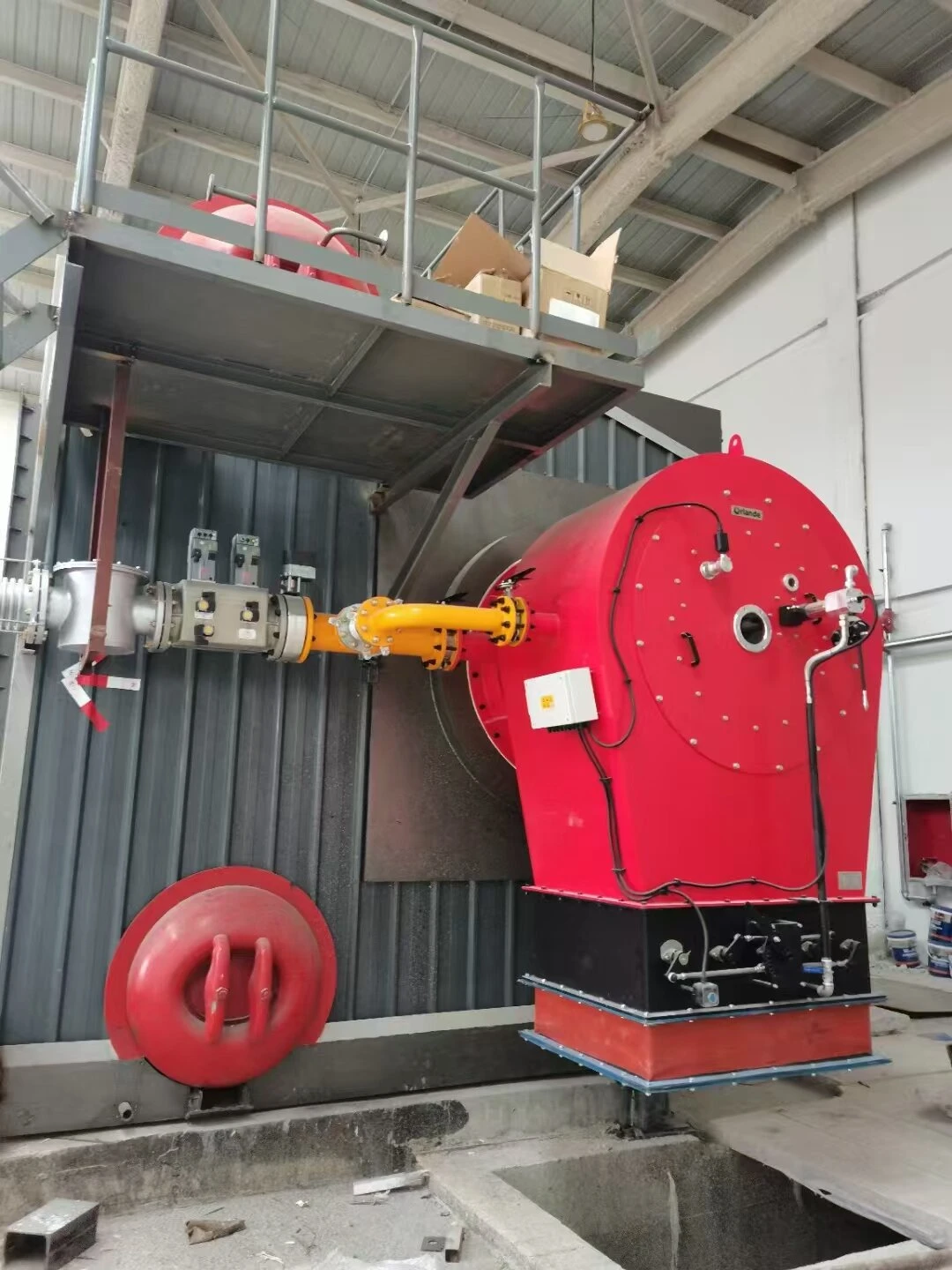
Oca . 17, 2025 02:58 Back to list
how does a coal fired boiler work
Understanding the inner workings of an oil-fired boiler can appear overwhelming at first, yet it’s a vital aspect of maximizing home comfort and ensuring energy efficiency. As a cornerstone in many heating systems, this type of boiler thrives on transforming oil into heat energy to warm water or produce steam for space heating. The following exploration offers insight into its operation, targeting a holistic understanding of this heating powerhouse.
When it comes to safety, oil-fired boilers are designed with several protective mechanisms. Most systems incorporate a stack relay and a flame sensor that halt the burner operation if abnormal flame conditions are detected. Moreover, the fuel supply system comprises safety devices like oil safety valves and barometric dampers, ensuring a stable and safe pressure throughout the combustion process. Authoritative insights from industry experts reveal that, when correctly maintained, oil-fired boilers offer not only long service lifespans but also consistent performance even in severe climates. For homeowners looking to shift to oil-based heating, understanding fuel types is essential; heating oil often comes as No. 2 heating oil, a clean-burning option optimized for commercial and residential use. Additionally, biofuel blends are emerging in the market, presenting an eco-friendly alternative that aligns with green energy initiatives. To deepen trustworthiness in your oil boiler’s operation, it is wise to consider factors like the size and heating capacity of the unit, aligning them with your space's specific needs. An oversized boiler can lead to short cycling, reducing efficiency and lifespan, while an undersized boiler may not adequately heat the space. In conclusion, an oil-fired boiler stands as a reliable heating solution when approached with informed decisions regarding selection, installation, and maintenance. Leveraging highly efficient designs and robust safety measures, these systems efficiently bridge the gap between comfort and energy conservation. By appreciating how each component synergistically operates, homeowners can ensure longevity and efficiency in their oil heating systems, reaping the benefits of modern advancements in boiler technology.


When it comes to safety, oil-fired boilers are designed with several protective mechanisms. Most systems incorporate a stack relay and a flame sensor that halt the burner operation if abnormal flame conditions are detected. Moreover, the fuel supply system comprises safety devices like oil safety valves and barometric dampers, ensuring a stable and safe pressure throughout the combustion process. Authoritative insights from industry experts reveal that, when correctly maintained, oil-fired boilers offer not only long service lifespans but also consistent performance even in severe climates. For homeowners looking to shift to oil-based heating, understanding fuel types is essential; heating oil often comes as No. 2 heating oil, a clean-burning option optimized for commercial and residential use. Additionally, biofuel blends are emerging in the market, presenting an eco-friendly alternative that aligns with green energy initiatives. To deepen trustworthiness in your oil boiler’s operation, it is wise to consider factors like the size and heating capacity of the unit, aligning them with your space's specific needs. An oversized boiler can lead to short cycling, reducing efficiency and lifespan, while an undersized boiler may not adequately heat the space. In conclusion, an oil-fired boiler stands as a reliable heating solution when approached with informed decisions regarding selection, installation, and maintenance. Leveraging highly efficient designs and robust safety measures, these systems efficiently bridge the gap between comfort and energy conservation. By appreciating how each component synergistically operates, homeowners can ensure longevity and efficiency in their oil heating systems, reaping the benefits of modern advancements in boiler technology.
Share
Latest News
-
Efficient Biomass Fired Hot Water Boiler | AI Heating Solution
NewsAug.01,2025
-
High-Efficiency Gas Thermal Oil Boilers | HPT Models
NewsJul.31,2025
-
Oil Fired Hot Water Boilers Sale - High Efficiency & Affordable
NewsJul.31,2025
-
High-Efficiency Commercial Oil Fired Steam Boiler for Industry
NewsJul.30,2025
-
High-Efficiency Biomass Fired Thermal Oil Boiler Solutions
NewsJul.30,2025
-
High Efficiency Gas Fired Thermal Oil Boiler for Industrial Heating
NewsJul.29,2025
Related PRODUCTS
Copyright © 2025 HEBEI HONGZE BOILER MANUFACTURING CO., LTD. All Rights Reserved. Sitemap | Privacy Policy






















